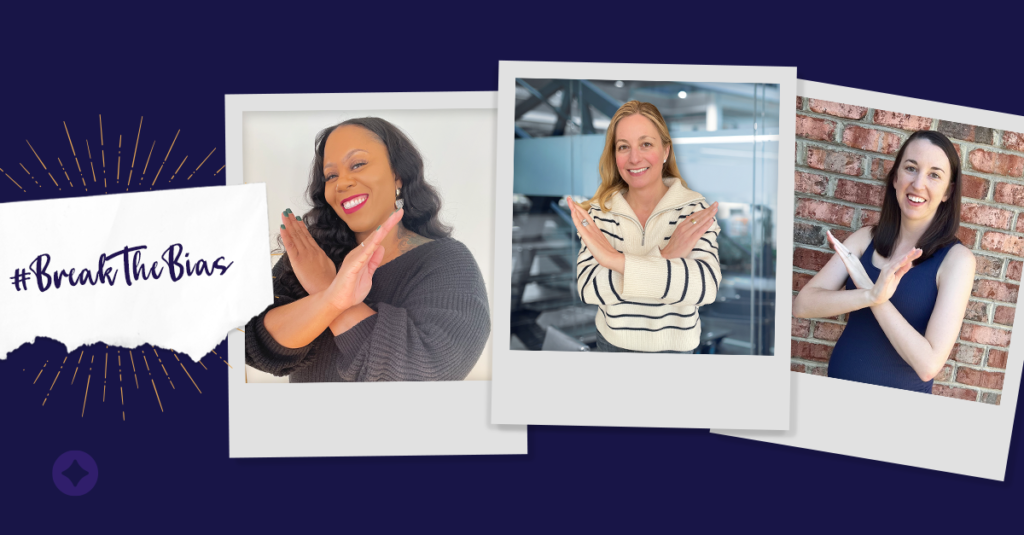A recent CNBC article about women CEOs in the Global 500 businesses stated, “A record number of 23 women are now running Global businesses.”
I don’t know about you, but a “record number” of 23 is not that impressive. Additionally, only eight women, and no women of color, are currently employed as CEOs in the FTSE 100. Furthermore, the diversity statistics within technology startup companies are dismal. Only about 40% of U.S. startups have at least one woman in the C-suite or on the board of directors, according to the Silicon Valley Bank report.
As the new CEO at Firstup and one of the few women CEOs in the enterprise SaaS industry, I am passionate about making systematic changes to help improve diversity, equity and inclusion—both within Firstup and by leading the way for other organizations to make changes.
While we don’t have it perfect at Firstup, I am committed to driving impactful change, from having authentic conversations within our DEI Council, hosting Daring Discussions groups and having a leadership team who knows the importance of DEI in our collective success both internally and externally.
The data shows, from McKinsey and others, that companies with female leaders outperform those dominated by men. So, what do I believe can be done to overhaul DEI within organizations?
Here are a few ideas to consider when looking for ways to make true systematic changes within your organization.
Create benefits that contribute to DEI
Because women often juggle more of the family responsibilities, this can dissuade females from taking on leadership roles within organizations. If a woman does aspire to take on a leadership role, but can’t work the same hours as a man due to childcare or school obligations, this can give the “perception” that the woman is not as available or working as much.
Flexibility is key to helping elevate more women leaders. At Firstup, we offer a variety of benefits to ensure our female employees have opportunities to shine even if they are juggling a family. Not only do we offer unlimited PTO, but we also have school activities leave—encouraging employees to volunteer at school activities for up to 40 hours a year.
We know our people are busy parenting the future and we want to ensure they have time for both a career and family. When our parents go off to help their children, we trust they will make up the time later in the day. No micromanaging here.
Ease caregiver responsibilities
What challenges are your employees facing and how can you sweeten your benefits to help with those needs?
The pandemic has handed employees new challenges, especially with childcare. Employees are also taking care of their aging parents. Does your company have benefit packages or EAP resources that can help ease these caregiver stresses that would allow them to continue working and growing at your company? What is your parental leave after a birth or adoption?
We recently benchmarked at Firstup and improved our U.S. parental leave by offering 12 weeks off, regardless of caregiver status. We continue to look at ways to help our caregivers so that they can thrive personally and professionally.
Offer distributed and hybrid solutions
Over the past year, there have been many discussions about employees returning to the office. Many of the discussions have focused on comparing remote versus in-person and how it impacts collaboration, connection and productivity. What we have not discussed as much is the impact on minorities.
In a recent study from Future Forum, just 3% of Black professionals want to go back to the office full-time. The study found that Black workers are not as excited about returning to the office because they are less likely to feel they belong. Remote work has actually helped diminish microaggressions and discrimination in the office, increasing employee belonging. If remote work is an option within your organization and type of work, I highly encourage hybrid and flexible working arrangements to help with diversity initiatives.
Firstup is completely distributed—even before the pandemic—and we use our Firstup platform as the main way to connect, engage and align employees globally. We also recognize the advantage of distributed work, including hearing from voices across the globe instead of only hiring in specific locations
While there is no substitute for connecting in person, the ‘office’ is no longer a place where people go, put on headphones and chat with their co-workers or hop on a Zoom call behind a closed door. We bring people together in-person, safely, in our offices in San Francisco, Chicago, London and Belfast for team building, strategy on sites and training. This way we can get the best outcomes from being in-person and ensure we are being as inclusive as possible.
Define hiring and promotion strategies
We recently rolled out our DEI strategy that included initiatives focused on diverse hiring and promotion strategies. Our goals this year include:
- Creating a more diverse recruitment strategy
- Launching DEI and implicit bias training
- Conducting a pay equity analysis
These are just a few of the steps we are taking to offer equal employment opportunities.

I recognize these changes take time, but sweeping societal change does take time, and it is time well spent. During International Women’s Day and Women’s History Month, I encourage us all to look at ways we can #BreaktheBias and make foundational changes that truly further DEI initiatives within organizations.
Download PDF









